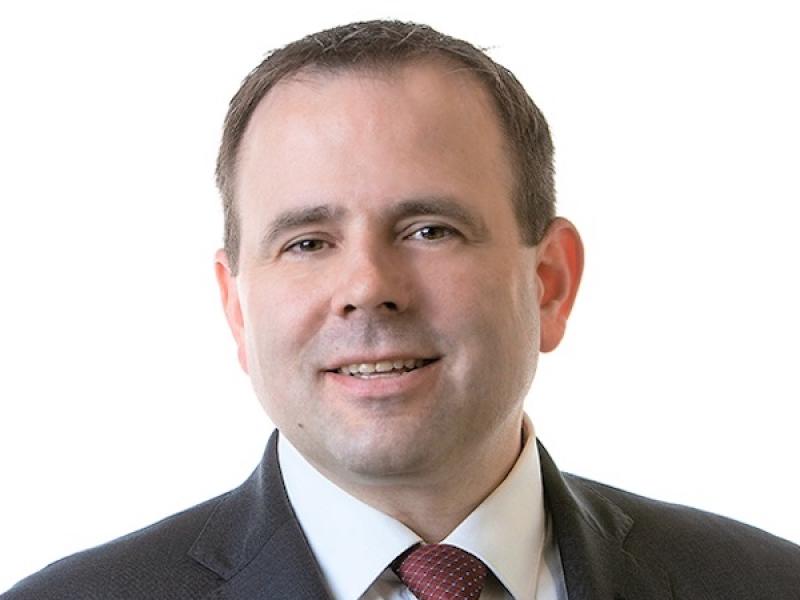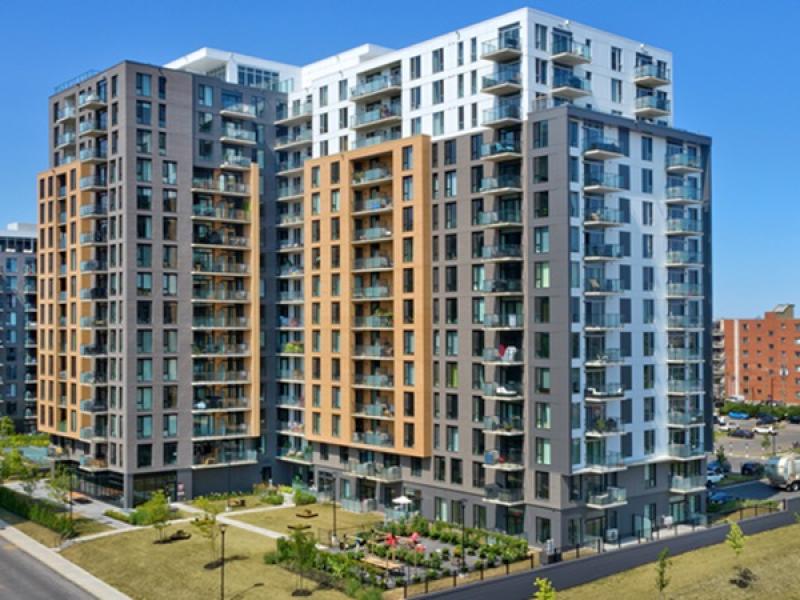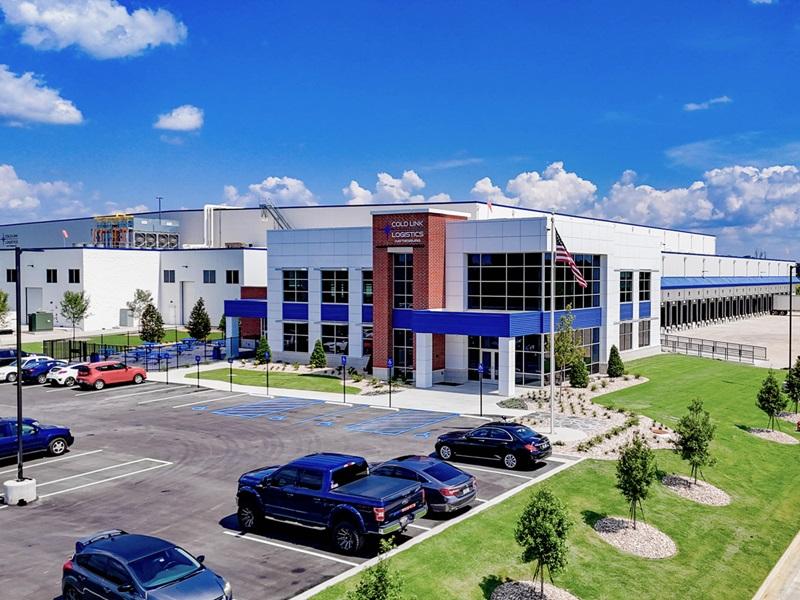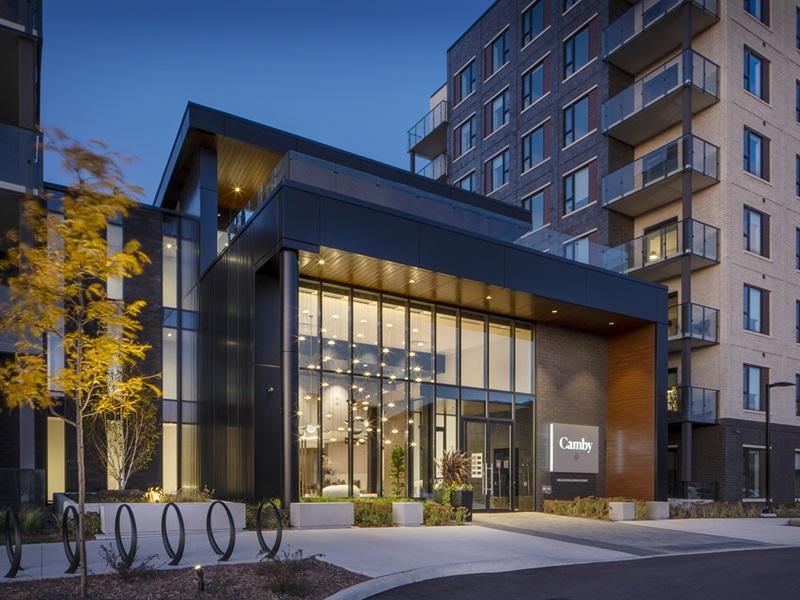
If there is any question about the emphasis on downtown cores and central business districts of Canada’s major cities, one just needs to attend some of the presentations at Informa’s nationwide series of real estate forums.
Discussions about the cores, the office market and creating vibrant central districts are central to these gatherings and draw large audiences of attentive executives.
Such was the case at the Ottawa Real Estate Forum in the nation’s capital last week.
A sellout crowd of over 730 commercial real estate industry professionals heard all the challenges the city’s downtown has been facing for the past several years, but also received some insight into how it – and other city cores – might continue to recover.
Like every major Canadian city, Ottawa has unique aspects to its downtown business mix. Or, as BOMA Canada president and CEO Benjamin Shinewald noted during a panel devoted to the city’s office sector: “Ottawa is sort of special and it’s not so special at the same time.”
Federal government going through major changes
As the seat of the federal government, Crown leasing or ownership comprises about half of its 44 million-square-foot office sector (when combined with the neighbouring city of Gatineau).
The feds are going through two major transitions, the first involving their workforce under the new post-COVID paradigms, the second in trying to both downsize and modernize the space their agencies occupy.
Both could have significant impacts on commercial real estate in the capital region and beyond.
Canadian Urban Institute president and CEO Mary Rowe said Ottawa is now facing what other Canadian cities with office-dominated cores have already faced, “a failure of single uses.”
“A lot of what we are seeing in downtowns across the country are challenges which pre-existed COVID. So, we were already struggling with parts of cities which were only one use, a monoculture,” Rowe noted during a session on downtown revitalization.
She said other cities have, to varying degrees of success, recognized the need for “dynamic” and “diverse” ranges of uses in the downtown cores.
“You’ve been insulated from that for many years because you’ve had one big employer, but now that that one big employer is changing the pattern of work and changing its relationship with its employees.”
The feds announced earlier this year a plan to shed about 2.4 million square feet of office space in the region (where vacancy currently sits at about 14 per cent) as the government downsizes its real estate footprint – almost 1.2 million of that at four major downtown complexes.
This presents both a challenge and an opportunity to create some of that diversity.
Throw in the ongoing return-to-work debate about how often workers should be in their offices, a four-year-old light rail transit system which has been plagued by breakdowns, a three-week convoy protest which shut down a swathe of the core near Parliament Hill and a lack of major entertainment attractions in the district, and the challenge is magnified.
Signs of renewal, recovery
However, there are signs of recovery.
Altus Group foot traffic data indicates growing occupancy in downtown office and commercial buildings.
“It’s probably between 50 to 80 per cent Tuesday, Wednesday, Thursday and probably drops down from 10 to 30 per cent Monday and Fridays,” said Ray Wong, Altus Group vice-president, data solutions delivery.
C&W’s vice-president of commercial investments, Scott Brooker, noted cellphone traffic in the core is over 50 per cent of pre-COVID levels. He said this puts Ottawa ahead of, or on par with, several other major Canadian centres.
Also, despite the poor performance record of its LRT, the city’s transit service reported ridership levels at 63 per cent of pre-pandemic levels in September, according to Altus’ Ottawa director and general manager Sean Robertson-Tait.
In discussing the B and C office sector, including some of the federal government’s list of properties it intends to dispose of, Ottawa forum chair Sean Hamilton, principal with Proveras Commercial Realty, didn’t mince words.
He suggested a hard look at some aspects of the market is long overdue.
“When I started in this business 30 years ago, the buildings we are calling obsolete or old today were old and obsolete 30 years ago,” Hamilton said.
“We have seen some repurposing, some pivoting . . . but the discussion today of the conversion talk we’ve had, really in the last 18 months there has been more activity to act on this . . . than there has in the last 30 years.”
That activity is already showing some results in conjunction with a spate of mainly apartment construction in the downtown area.
Two former office properties purchased during the past year – 360 Laurier Ave. W., and 130 Slater St. – are slated for conversion to multifamily housing. Together they’ll add about 300 housing units.
Twin thrusts: Multiresidential and a new downtown arena
During their presentation, Wong and Robertson-Tait told of 55 multiresidential buildings under construction in Ottawa to add over 11,400 units in coming months and years.
During 2023, 2,600 units are slated for delivery and a majority of both these figures are in the downtown area.
The downtown will see delivery of eight significant multiresidential projects totalling about 1,600 units, adding more residents into the core and neighbouring urban neighbourhoods.
The trend is to continue, though developers caution it is not a magic bullet.
“There are definitely opportunities for conversions,” said Michael Stones, VP of property management, Ottawa, for Crown Realty Partners. “I just hope we don’t think this is going to be the end-all” or an “easy solution.”
Another possibility which could play a role in renewing the downtown is the growing consensus to build a major new sports venue for the NHL’s Ottawa Senators in area.
Mayor Mark Sutcliffe is pushing to at least consider a core site should one become available, though the current focus has been on the LeBreton Flats area just west of the core.
LeBreton has ample available property and a mandate by the federal National Capital Commission to develop the federally controlled land.
New Senators owner Michael Andlauer acknowledges the building momentum to leave the team’s existing, team-owned facility in suburban Kanata.
“I would suggest that everybody seems to be aligned,” Andlauer told the forum attendees during a Q&A session though he did not tip his hat as to a possible timeline or location.
Sutcliffe said the changes happening in the downtown open up new possibilities to create entertainment and other development options, and that having such a facility in the core could be a game-changer a la cities like Edmonton, Toronto and Montreal.
“We maybe for the first time in a generation have an opportunity to look at options downtown because the federal government is downsizing, moving out of some of its buildings,” Sutcliffe told the attendees.
“So there is shifting in the real estate market in downtown Ottawa . . . for the first time in 20 or 30 years there could be a parcel of land that could become available.”
This, he said, should excite all stakeholders.
“If we do, just imagine the possibilities for downtown Ottawa.”










